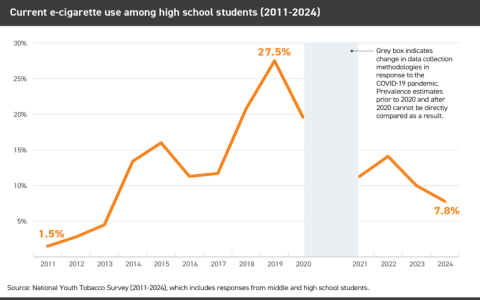Evaluating electronic cigarettes (e-cigarettes) as tools for smoking cessation involves weighing potential benefits against significant costs and risks.
Potential Benefits Explained
Research suggests e-cigarettes may offer some advantages for smokers seeking to quit combustible tobacco:

- Harm Reduction Potential: E-cigarettes deliver nicotine without the vast majority of the carcinogenic combustion products found in tobacco smoke. Switching completely may reduce exposure to harmful toxicants.
- Smoking Cessation Aid: Some smokers have successfully used e-cigarettes to quit smoking traditional cigarettes when other methods failed. UK NICE guidelines acknowledge their role for certain adult smokers within cessation services.
- Behavioral Substitution: They mimic the hand-to-mouth action and inhalation experience of smoking, addressing behavioral aspects of addiction not targeted by NRT like patches or gum.
- Perceived Control: Users can sometimes choose nicotine strengths and gradually reduce intake, offering a sense of agency.
Significant Costs & Risks
The downsides and uncertainties are substantial:
- Health Risks Remain: Vaping aerosols contain ultrafine particles, flavoring chemicals (some linked to lung damage like diacetyl), solvents (propylene glycol/glycerin), and often metals (nickel, lead). Short-term effects include lung irritation and EVALI risk (linked to vitamin E acetate in THC cartridges). Long-term health consequences are largely unknown.
- Nicotine Addiction: E-cigarettes deliver highly addictive nicotine. For non-smokers and youth, they are dangerous and promote addiction.
- Dual Use Problem: Many users become dual users (smoking & vaping), negating cessation benefits and prolonging tobacco harm.
- Gateway Risk: Strong evidence links youth e-cigarette use to subsequent traditional cigarette smoking.
- Regulatory Uncertainty & Product Safety: Lack of consistent regulation means ingredient quality, device safety (explosion risk), and accurate nicotine labeling vary significantly. Illicit products pose extra risks.
- Environmental & Financial Costs: Disposable e-cigarettes create significant electronic waste. Ongoing purchases (device, liquids, coils) incur considerable long-term expenses.
Are They “Worth It”?
Making the switch from traditional cigarettes to e-cigarettes exclusively might reduce harm for an individual adult smoker unable to quit through proven methods. However:
- Not Recommended as First-Line Treatment: Medical authorities (WHO, US Surgeon General, many countries) strongly recommend proven, regulated cessation methods (counseling + FDA-approved NRT/medications like varenicline or bupropion) over e-cigarettes due to superior safety profiles.
- Not a “Safe” Alternative: Vaping carries inherent risks. The safest choice is quitting nicotine entirely.
- Ineffective Without Commitment: Switching requires complete cessation of tobacco. Dual use offers no health advantage.
Conclusion
While e-cigarettes offer a potential harm reduction pathway for some adult smokers committed to quitting tobacco entirely when other options fail, they are not without substantial health risks and societal costs. They are not medically approved cessation tools in most jurisdictions. Their long-term safety profile remains unproven. For non-smokers, especially youth, they pose significant addiction risks. Proven cessation methods remain the gold standard for quitting smoking effectively and safely.









